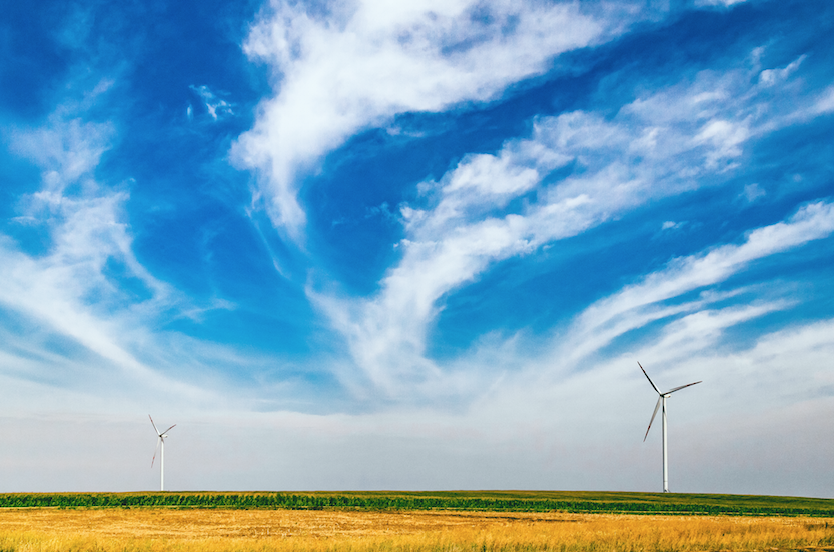Code Green Solutions


So how does Microsoft power its investments in renewables, efficiency, and a clean energy future?
Through its innovative internal carbon fee — a model that has every business group pay for the carbon emissions it’s responsible for — Microsoft raises the funds needed to invest in at scale renewables, internal energy efficiency, and carbon offset credits.
Interested to learn how did TJ DiCaprio, architect of the internal carbon fee, convinced Microsoft leaders to embrace the internal carbon fee?
Wondering what the results have been? Carbon neutrality? Other benefits besides?
Read TJ DiCaprio’s update on the success of Microsoft’s Carbon fee published earlier this year at msdn.com… And join her in conversation at #CleanEnergyU during our Tweetathon today at 2pm ET to ask her your questions about how to emulate such innovative pathways to at scale renewables!
Microsoft’s Carbon Fee, 3 Years Later
By TJ DiCaprio
We’re just under a week away from Earth Day! This is a great time to reflect on the challenges we face and the advancements we’ve made. Today, Microsoft released a whitepaper describing the progress made with our carbon fee since its inception in the hope to inspire other organizations to take similar action.
Back in July of 2012, we made a companywide commitment to carbon neutrality. To help us reach that goal, we established an internal carbon fee model that holds our business groups financially responsible for the cost of reducing and offsetting our carbon emissions. The impact of the fee has been significant, and we have realized a number of benefits. With the funds collected through the carbon fee, we have:
The carbon fee has played an important role in making the costs associated with carbon tangible across the company. It has also created a virtuous cycle of environmental responsibility within our organization—inspiring action that delivers results, which in turn raises greater awareness and inspires further action. What a concept to have the groups paying the fee asking for even greater contribution!
For example, since the start of the program, we have funded over 60 projects in 23 countries by investing in projects that reduce our overall footprint. We also look for ways to reduce our cost to purchase energy, and our efforts have been recognized by the US Environmental Protection Agency Green Power Partnership, which ranks us as the second largest green power purchaser for US operations through our 100 percent green power commitment. Power Purchase Agreements like the Keechi Wind Project and others allow us to invest in a way that delivers both an economic and an environmental benefit.
Beyond Microsoft’s own operations, we see a significant opportunity to accelerate the development of the green power market and supporting carbon offsetting and sustainable community development using technology, particularly in emerging nations.
By investing in green power and sustainable energy innovation, we’re supporting the development of both new energy technologies that will be the building blocks for energy transformation and clean energy markets that will broaden accessibility and support a more sustainable future. These projects, many of them done with a wide range of partners, range from evaluating and piloting the next generation of fuel cell technology, a pilot program to use biogas to power a small datacenter in Wyoming, to integrating fuel cells into server racks of a datacenter.
Meanwhile, by investing in community projects, we are supporting emerging nations in accelerating low-carbon sustainable economic development. These projects represent a holistic approach to driving social, economic, and environmental progress together in parallel.
To learn more about some of the projects that Microsoft is working on as a result of the carbon fee, check out this Microsoft News Center post.
We continue to be committed to reducing the environmental impact across our global operations, and will continue to refine our practices to maximize the impact of the carbon fee, both within our business and in our broader contribution to our planet.
– See more at: http://blogs.msdn.com/b/microsoft-green/archive/2015/04/16/microsoft-s-carbon-fee-3-years-later.aspx#sthash.HJeBfMnu.dpuf
—
Inspired to push for more investment in a clean energy future in your organizations?
Join TJ DiCaprio from Microsoft and dozens of clean energy and student leaders in conversation today and tomorrow during our #CleanEnergyU tweetathon 12-4 ET Tuesday Oct 20 and Wednesday Oct 21 – to share your questions and enter the #CleanEnergyU conversation!